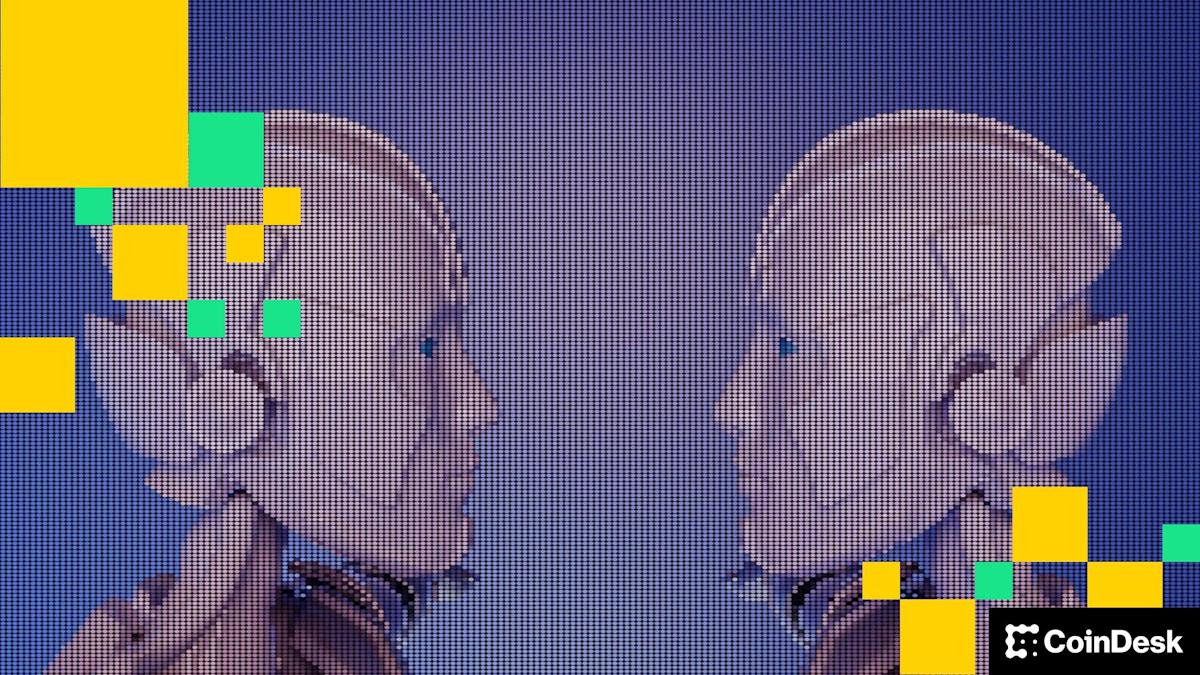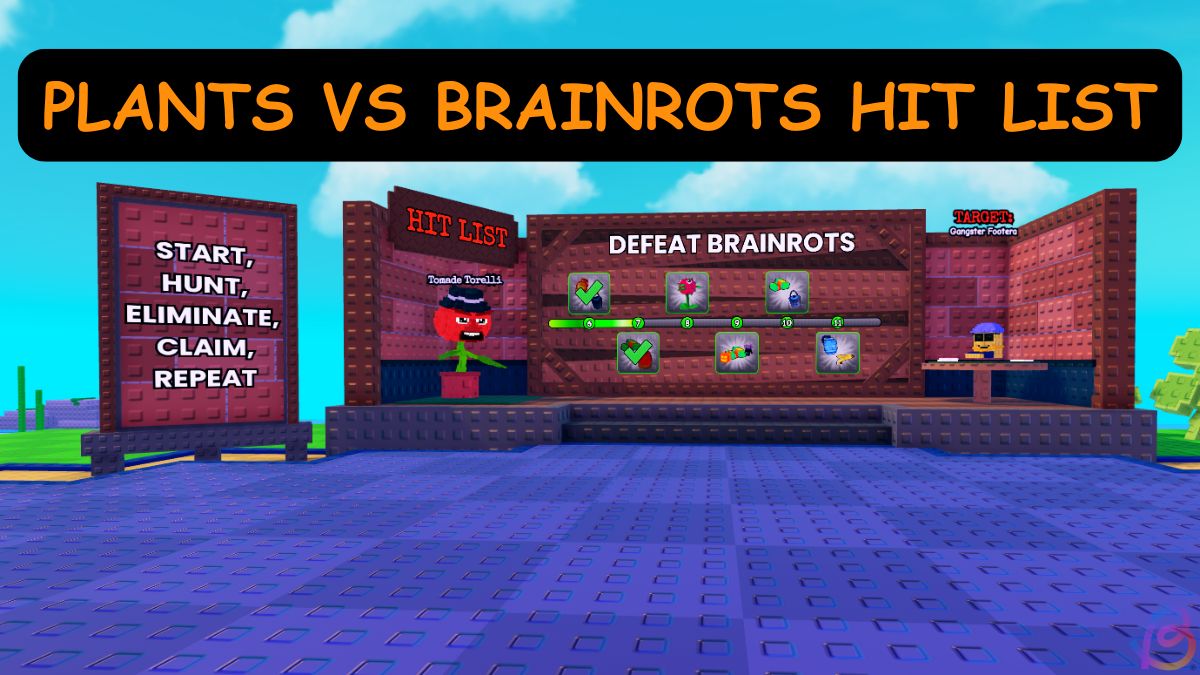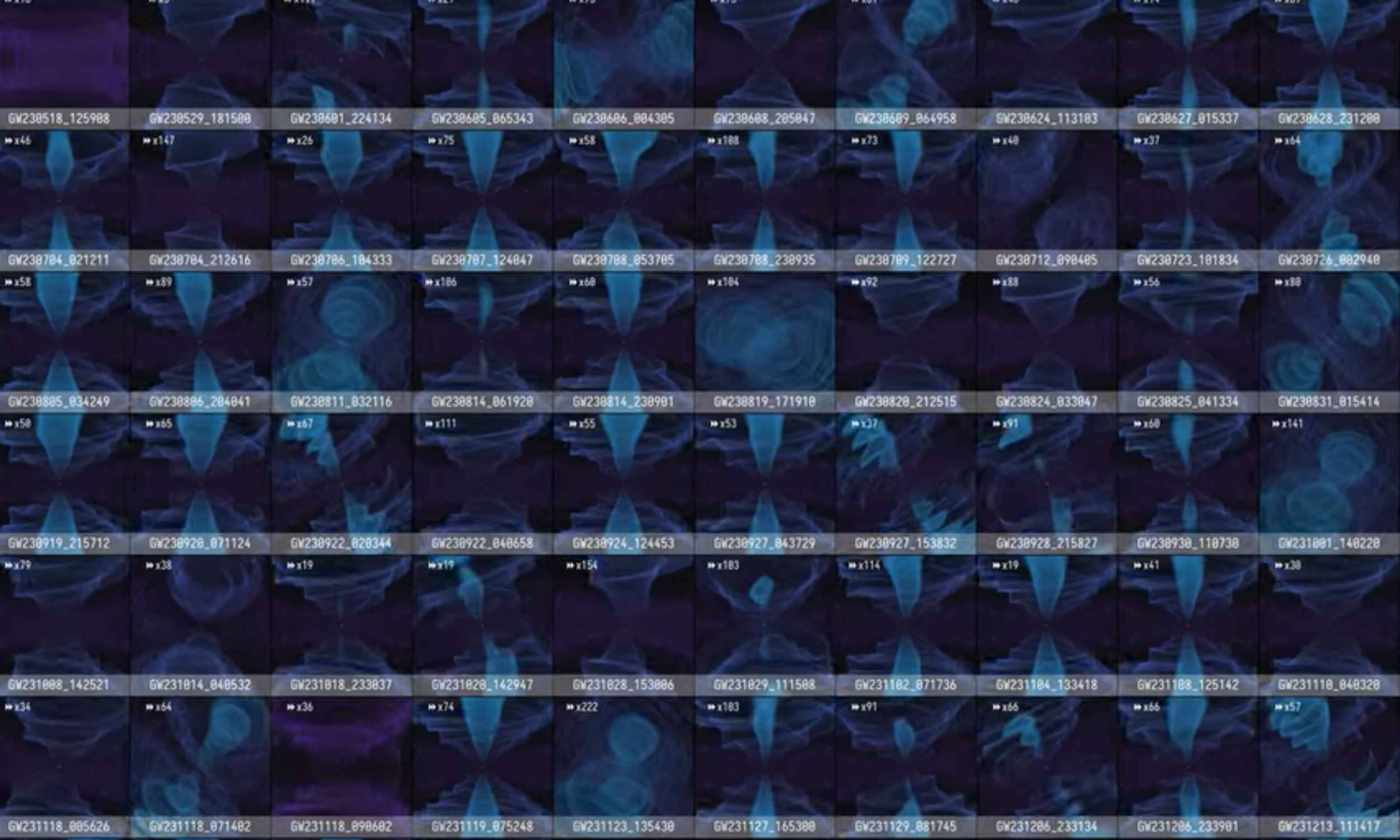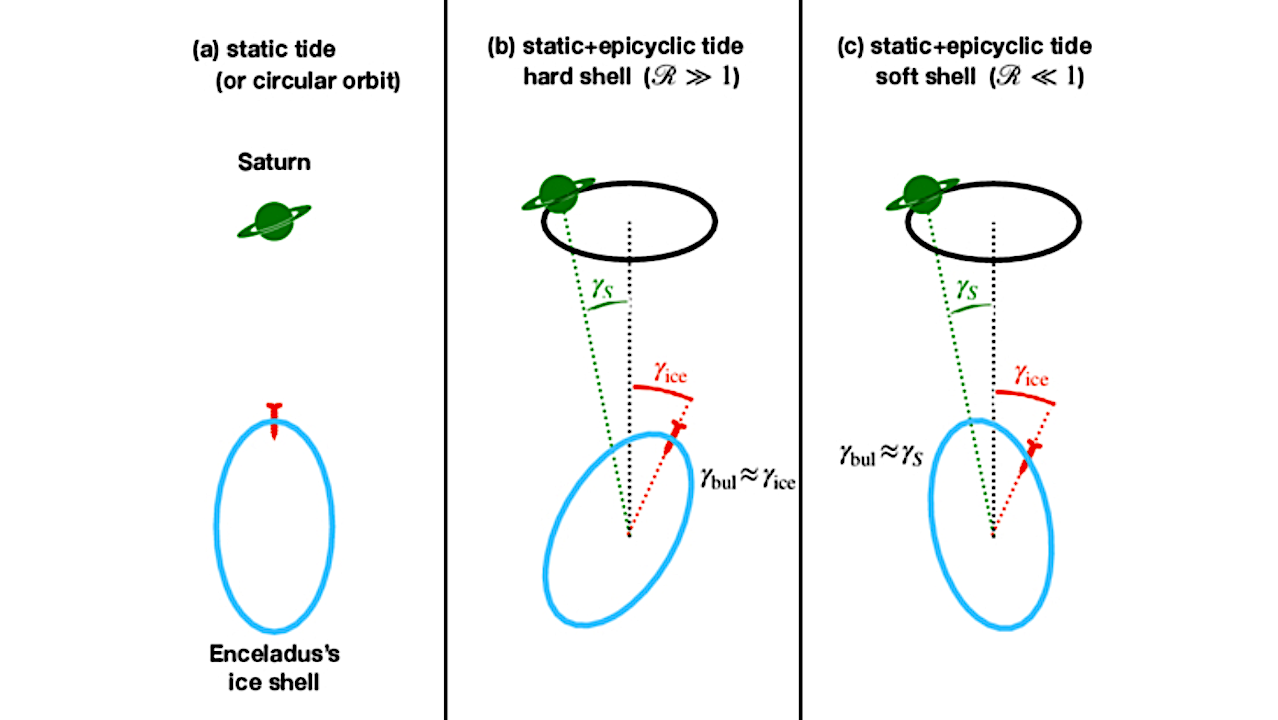- Notorious Lahore gangster Teefi Butt killed on the outskirts of Rahim Yar Khan: CCD Dawn
- Prime suspect in Ameer Balaj murder case, Teefi Butt, killed in police encounter in RYK The Express Tribune
- Teefi Butt extradited from Dubai to Lahore The…
Blog
-
Notorious Lahore gangster Teefi Butt killed on the outskirts of Rahim Yar Khan: CCD – Dawn
-

Blockchain Will Drive the Agent-to-Agent AI Marketplace Boom
AI agents, software systems that use AI to pursue goals and complete tasks on behalf of users, are proliferating. Think of them as digital assistants that can make decisions and take actions towards goals you set without needing step-by-step instructions — from GPT-powered calendar managers to trading bots, the number of use cases is expanding rapidly. As their role expands across the economy, we have to build the right infrastructure that will allow these agents to communicate, collaborate and trade with one another in an open marketplace.
Big tech players like Google and AWS are building early marketplaces and commerce protocols, but that raises the question: will they aim to extract massive rents through walled gardens once more? Agents’ capabilities are clearly rising, almost daily, with the arrival of new models and architectures. What’s at risk is whether these agents will be truly autonomous.
Autonomous agents are valuable because they unlock a novel user experience: a shift from software as passive or reactive tools to active and even proactive partners. Instead of waiting for instructions, they can anticipate needs, adapt to changing conditions, and coordinate with other systems in real time, without the user’s constant input or presence. This autonomy in decision-making makes them uniquely suited for a world where speed and complexity outpace human decision-making.
Naturally, some worry about what greater decision-making autonomy means for work and accountability — but I see it as an opportunity. When agents handle repetitive, time-intensive tasks and parallelize what previously had to be done in sequence, they expand our productive capacity as humans — freeing people to engage in work that demands creativity, judgment, composition and meaningful connection. This isn’t make-believe, humanity has been there before: the arrival of corporations allowed entrepreneurs to create entirely new products and levels of wealth previously unthought of. AI agents have the potential to bring that capability to everyone.
On the intelligence side, truly autonomous decision-making requires AI agent infrastructure that is open source and transparent. OpenAI’s recent OSS release is a good step. Chinese labs, such as DeepSeek (DeepSeek), Moonshot AI (Kimi K2) and Alibaba (Qwen 3), have moved even quicker.
However, autonomy is not purely tied to intelligence and decision making. Without resources, an AI agent has little means to enact change in the real world. Hence, for agents to be truly autonomous they need to have access to resources and self-custody their assets. Programmable, permissionless, and composable blockchains are the ideal substrate for agents to do so.
Continue Reading
-
The Gold Rush in Manhattan’s Diamond District – The Wall Street Journal
- The Gold Rush in Manhattan’s Diamond District The Wall Street Journal
- Gold falls below $4,000/oz, silver eases from record high Reuters
- Why gold’s historic rally is about more than just Trump Al Jazeera
- XAU/USD Gold Price Analysis Today: Gold Trading Continues to Gain Positive Momentum DailyForex
- Gold is hitting new highs — here’s one way to hedge a potential price pull-back CNBC
Continue Reading
-

How Walking Can Improve Your Cortisol Levels
- Walking is a simple and effective way to manage healthy cortisol levels.
- Strolling through green spaces—like forests, tree-lined parks or near water—can help lower stress.
- Manage cortisol with other habits, like getting enough sleep,…
Continue Reading
-

Plants vs Brainrots Hit List Event Guide
After getting rid of the wardens’ prison, players in Plants vs Brainrots are stuck with a mob leader. And just like the previous update, players must meet the demands of a hit list to get some special rewards. In this guide, learn…
Continue Reading
-

Statins, Explained: What Every Guy Needs to Know About Statins
The drugs can reduce a patient’s LDL cholesterol by around thirty—sometimes even fifty—percent with high doses. A meta-analysis of 27 randomized trials, showed that statin therapy helped reduce adverse cardiovascular events by twenty to…
Continue Reading
-
Just a moment…
Just a moment… This request seems a bit unusual, so we need to confirm that you’re human. Please press and hold the button until it turns completely green. Thank you for your cooperation!
Continue Reading
-
Microbial Exoenzymes Catalyzed The Transition To An Oxygenated Earth – astrobiology.com
- Microbial Exoenzymes Catalyzed The Transition To An Oxygenated Earth astrobiology.com
- New study reveals why a Japanese hot spring holds the key to the Earth’s past NewsBreak: Local News & Alerts
- Earth’s oxygen boom: How nickel and urea in early…
Continue Reading
-

Largest catalog of black hole mergers to date is released
An international network of observatories has issued version 4.0 of its catalog, listing 128 new black hole merger candidates detected during the first phase of the fourth observing run, O4a.
This update expands the list of black hole and neutron…
Continue Reading
